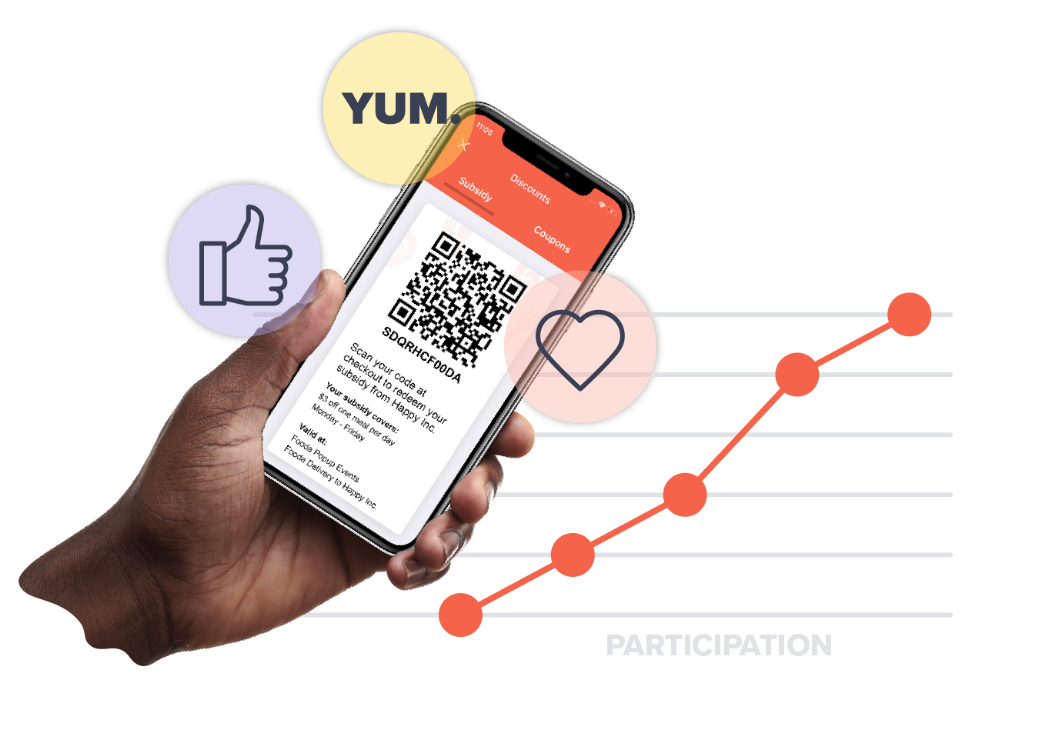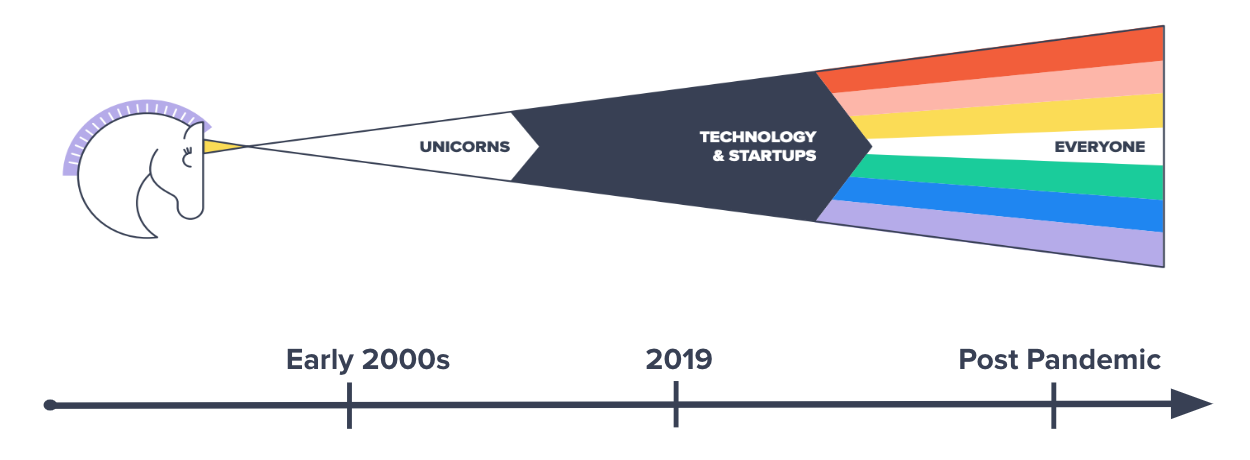In today’s fast-paced work environment, offering meal subsidies to employees can be a strategic move for companies looking to enhance efficiency while cutting costs. These subsidies are more than just a financial perk; they represent a commitment to employee health and happiness, providing a much-needed break and cutting back on out-of-pocket expenses for meals. By integrating subsidized meals into their benefits package, businesses create a nurturing and productive work culture that benefits both employees and the organization.

Understanding Subsidized Meals
Employers provide subsidized meals, meal allowances, food stipends and food subsidies to help their employees cover the cost of their meals. This allows companies to be more efficient and cost-effective while taking into consideration what is best for employee well-being and productivity. Free lunch, in any capacity, encourages healthier diets which contribute positively towards overall well being. With employers supporting dietary needs, it leads them in a direction that promotes success. To see what a subsidy program could look like for your company, try our program calculator.
Types of Meal Subsidies
Companies can provide free food subsidies in order to promote employee satisfaction and productivity, while also accommodating different budget restrictions. A full subsidization would cover the entire cost of meals for employees, offering free lunch without any added expense. Alternatively, employers could implement a partial subsidization plan which offers healthy meal choices at discounted prices or even tax-free allowances that allow employees to spend on their own preferences with regards to food costs.

The Impact of Subsidized Meals on Employee Satisfaction and Employee Retention
Companies are increasingly providing meal subsidies or meal stipends to their employees as a benefit, seeing the positive effect on employee retention and company culture. Such subsidized meals can raise morale levels, lower turnover rates while raising job satisfaction, making it easier for companies to retain existing staff members and attract new ones. Food at work helps cultivate greater engagement from workers, which then leads to higher maintenance of personnel in conjunction with an improved working environment that is conducive to productivity.

Boosting Morale and Productivity
Food perks can have a significant impact on employee morale as they enable companies to retain workers, improve relationships between staff members and contribute to greater engagement. A Cornell University study found that when employees are encouraged to eat together at the office it helps enhance productivity too. The presence of meal subsidies shows appreciation for personnel, which in turn increases job satisfaction and motivation among them. This also provides relief from having to buy food elsewhere. Subsidized meals play an important role in fostering a positive atmosphere within any company environment – ultimately helping to increase retention rates, enhanced wellness and better overall team spirit.

Attracting Top Talent
Companies providing a food allowance can prove to be a great attraction when competing for top talent in the job market. Offering meal allowances or free food is often indicative of an organization’s commitment to the well being and satisfaction of its employees, resulting in an optimistic work environment. By accommodating different dietary requirements with healthy food options, they become even more attractive prospects to potential hires. This ultimately leads to strengthened productivity as these companies benefit from having knowledgeable workers on board that value their contribution making them feel appreciated.
Incentivizing Return to Office with Subsidized Meals
As companies navigate the post-pandemic landscape, one of the key challenges they face is encouraging employees to return to the office. Subsidized meals emerge as an effective strategy to incentivize this transition. Whether that be through corporate catering, free snacks, or even a cafeteria program, providing meals at the workplace goes beyond mere convenience; it serves as a compelling reason for employees to come into the office, fostering a sense of community and collaboration that is often missing in remote settings.
Scalability of Meal Subsidies Based on Participation
A key advantage of implementing subsidized meal programs is their inherent flexibility, allowing companies to scale the subsidies up or down based on employee participation and engagement. This scalability ensures that the program remains cost-effective while adapting to the actual usage by the staff. For instance, a company could start with a modest subsidy and increase it as more employees return to the office and participate in the program.

This dynamic approach allows organizations to manage their resources efficiently while still offering a valuable benefit to their employees. Importantly, it also provides a tangible way for companies to respond to employee needs and preferences, reinforcing a culture of adaptability and attentiveness to employee welfare.
Budget Considerations
When establishing a meal subsidy program, employers need to account for cost, size of organization and employee needs. A business’s budget can be greatly impacted by the number of employees employed as well as its capacity financially and in terms of negotiating with catering companies or food providers. Meal expense amounts are contingent on any special dietary requirements or preferences workers may have since certain ingredients could then be required along with menu options that fit such restrictions/allergies – an average amount spent being about $2-3K per year for each individual via subsidized meals alone.
Implementing a Subsidized Meal Program
Business owners must consider their financial situation, business size and employee requirements when setting up a subsidized meal program. Adjustable food subsidy methods can be custom-made to suit any budget, such as providing allowances or stipends for meals, subsidizing staff restaurants, delivering nourishment right to the office site, or giving employees access to on-site eating options. The accomplishment of this type of program relies heavily on planning out its finances correctly along with being organized logistically in order for it not just to start but also remain effective long term.
Managing the Program
Employers can take care of their meal allowance initiatives themselves or enlist the help of employee benefits specialists. By utilizing a perks program to manage a food stipend package, team members will have an comprehensive overview of its particulars and there’ll be an effortless system in place for tracking spending levels as well as making essential details available to employees. Expense software also serves this purpose – guaranteeing that all staff has accounts, monitoring every person’s budget for meals is done reliably, with taxes correctly factored in too. Leading perk management tools assisting employers providing subsidy on mealtimes are Snappy & Comptroll.
Companies Successfully Offering Subsidized Meals
Employees at many of the leading organizations in technology, as well as smaller businesses, have found subsidized meals to be an asset. Companies that provide meal subsidies for their staff include AffiniPay, Aircall, Braviant Holdings, Greenlight Guru and DISQO just to name a few. These companies recognize the value of such programs within the workplace environment, which has been integral to their achievements.

Tech Industry Leaders
Tech companies such as Snapchat and MasterClass have tapped into the power of meal allowances to ensure their success. Through a daily stipend of $16 for free meals, granted via Snap Meal Cards, employees’ overall wellbeing and productivity are promoted. This trend is being widely adopted in other tech firms like AffiniPay, Aircall or Braviant Holdings. Greenlight Guru also uses this policy while others like DISQO, Endpoint and EDB offer similar schemes that show how important meals can be to employee satisfaction.
Small Businesses and Startups
Offering meal subsidies can be extremely beneficial for small businesses and startups in terms of attracting and keeping talent. Popular companies offering free meals to employees include Google (which offers extensive food selections) and Facebook (providing snacks as well). Such an approach increases employee satisfaction by ensuring convenience, cost savings related to business-associated meals, while fostering collaboration between members of the company, which leads to improved productivity. All this results in greater loyalty to a particular business from its workers.
Key Takeaways
- Subsidized meals are a form of financial assistance offered by employers to support employee well-being, productivity, and dietary needs.
- Free lunches for employees can boost morale and increase engagement while also helping to attract new talent.
- Companies should consider adapting their meal subsidy programs to emphasize health & wellness among remote workers through stipends or allowances for food delivery & nutrition.
Frequently Asked Questions
What do subsidized meals mean?
Subsidized meals are those that your company provides partially paying for a meal given to an employee or guest. These meals can greatly reduce the cost of providing nourishment and still provide quality sustenance.
What are the main types of meal subsidies?
Various levels of assistance are available for meals in the form of full, partial and free food subsidies. Full subsidization is when all costs associated with a meal are covered. Partial subsidization covers some expenses while tax-free.
How can meal subsidies improve employee satisfaction and retention?
Providing meal subsidies to employees can be advantageous in improving satisfaction and retention rates. It has been shown to boost morale, which attracts new talent as well as reducing the risk of turnover, thus creating a more positive working atmosphere that increases job fulfillment levels for all staff members.







